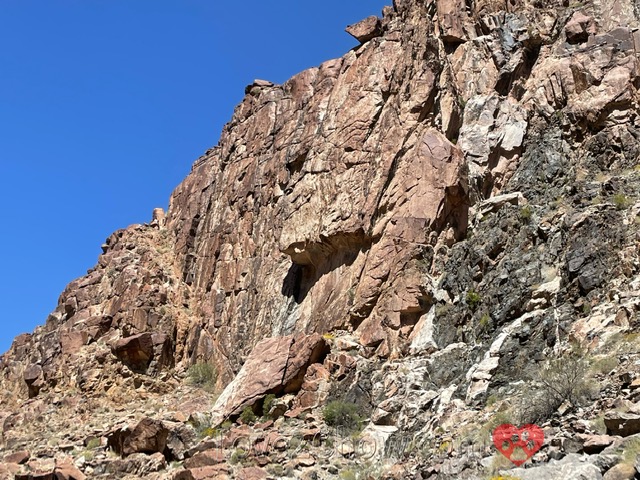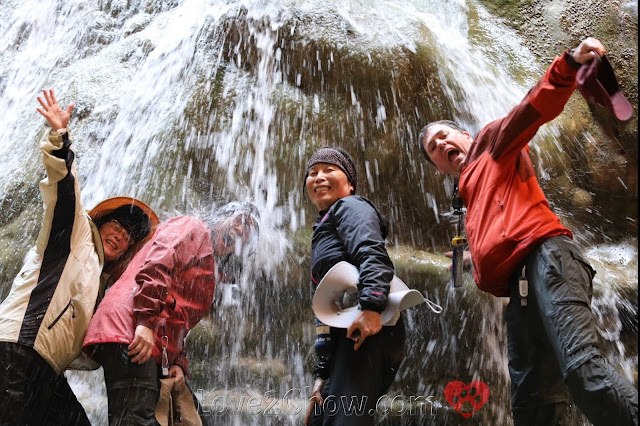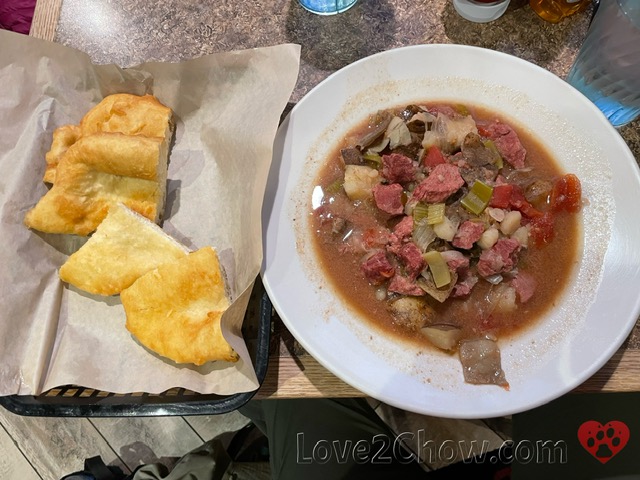Grand Canyon 2: Rafting the Colorado River with Hualapai River Runners
After viewing the dramatic upper canyon from the uppermost layer of the Colorado plateau, one of our most exciting days at the Grand Canyon involved getting up close and personal with some Colorado River rapids! This one day, 55-mile journey hosted by Hualapai River Runners was surely a highlight of our trip. Whitewater thrills, miles and miles of dramatic canyon walls lined by 1.75 billion year old rocks, wildflowers, a waterfall grotto and viewing canyons and peaks of historical and cultural significance. And did I mention the frybread at the Diamond Creek Restaurant afterwards? Sublime perfection.
 |
| Either the Guiness or Bridge Canyon Rapids |
 |
| Vishnu basement rocks with pink Zoraster granite tower above our tiny blue rafts |
 |
| After climbing a ladder going up a waterfall to reach the Travertine Grotto |
Summary and Quick Links
Peach Springs & the Hualapai Reservation
Bus ride to Diamond Creek
Rapids & Waterfalls
Diamond Creek, Naiad & Travertine Rapids
Travertine Falls & Grotto
Mile 231 and Honeymoon/Killer Fang Rapids
 |
| A small clump of wildflowers nestled among river-sculpted Vishnu schist with a fluted appearance. |
 |
| Honeymoon Rapids |
 |
| Tooth-like rocks (arrows) that the current turns towards, with photographer boat in the eddy |
Guinness, Bridge Canyon, Gneiss Canyon Rapids
Cruising the Colorado
 |
| View of canyon walls shortly before lunch |
 |
| Site of proposed Hualapai dam that was never built |
 |
| Redwall limestone at top above the basement rocks |
Separation Canyon
Spencer Canyon
The Three Peaks and Other Rocky Sights
Skywalk & Pearce Landing
 |
| Closeup (top) of the Skywalk (arrow) as viewed from the river |
Return to Peach Springs & Dinner
 |
| Dry lake bed with past waterlevels marked by ridges towards the right |
 |
| Miles of Joshua trees stretching east from the highway |
Diamond Creek Restaurant
 |
| Freshly made frybread |
Love2Chow Tips
All Rights Reserved. Contact admin@love2chow.com for permissions.





























0 comments